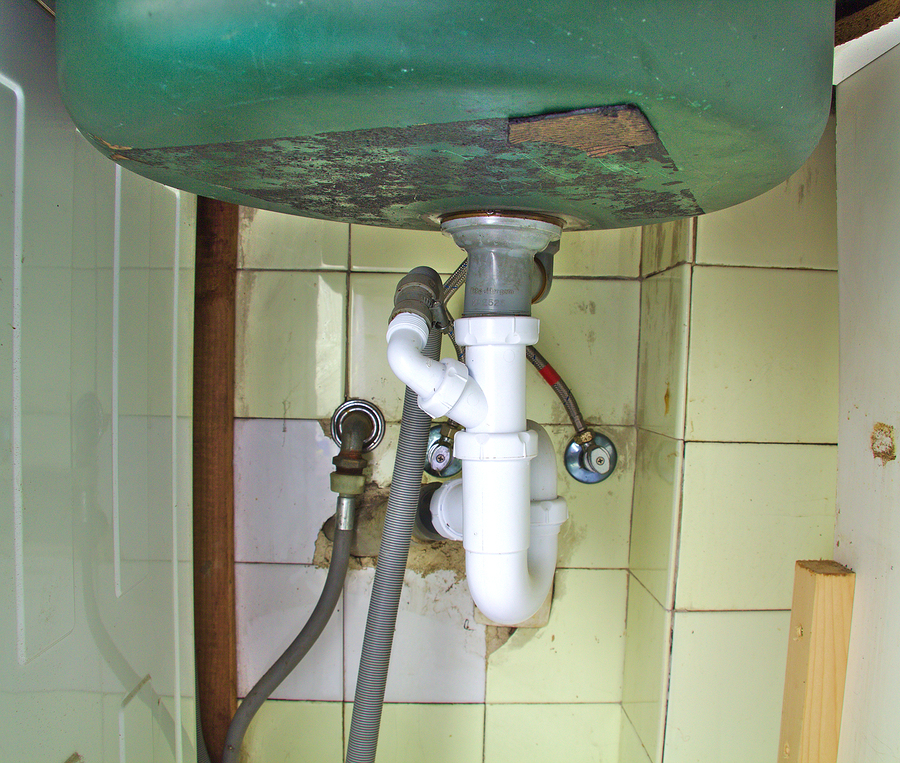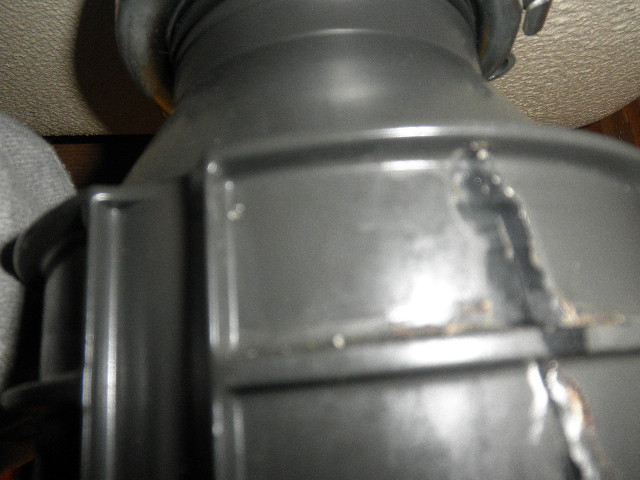Easy-to-Follow Instructions for Repairing a Leaky Waste Disposal
Easy-to-Follow Instructions for Repairing a Leaky Waste Disposal
Blog Article
We've stumbled upon the article about How to fix a pretty consistent leak from my garbage disposal down the page on the internet and felt it made good sense to share it with you on my blog.

Waste disposal unit are vital kitchen home appliances that help in dealing with food waste successfully. However, a leaking waste disposal unit can be an aggravating and messy problem to manage. The good news is, numerous leaks can be dealt with conveniently with a couple of basic actions. In this article, we will review how to deal with a leaking garbage disposal properly.
Introduction
Garbage disposals are installed under kitchen sinks and are created to shred food waste into smaller pieces, allowing it to pass through the plumbing system easily. While these gadgets are generally reliable, leaks can happen gradually as a result of deterioration, loose connections, or damage to the unit.
Step-by-Step Guide to Taking Care Of a Leaking Waste Disposal Unit
Turn Off the Power
Before attempting any kind of repair services, make sure that the power to the garbage disposal device is shut off to prevent the risk of electrical shock.
Find the Leakage
Determine the exact place of the leakage and figure out the cause
Tighten Connections
Use a wrench to tighten any loosened links between the disposal system and the pipes system.
Change Seals or Gaskets
If the leak results from used seals or gaskets, eliminate the old components and change them with new ones.
Patching Splits or Openings
For cracks or holes in the disposal unit, use epoxy or an ideal patching product to seal the broken area.
Identifying the Resource of the Leak
Before attempting to deal with a leaking garbage disposal, it is essential to identify the source of the leak. This can generally be done via visual assessment or by performing simple examinations.
Visual Inspection
Check the waste disposal unit device thoroughly for any type of signs of water leak. Pay very close attention to areas around seals, gaskets, and link points.
Testing for Leakages
One method to examine for leaks is by running water via the disposal device and checking for any kind of visible indicators of leak.
Typical Sources Of Leaks in Rubbish Disposals
Worn Seals and Gaskets
Seals and gaskets play a crucial function in stopping water from leaking out of the waste disposal unit. Gradually, these elements can wear away, bring about leaks around the disposal system.
Loose Connections
The links between the garbage disposal and the plumbing system can come to be loose with time, creating water to leakage out throughout procedure.
Cracks or Openings in the Disposal Unit
Physical damages to the waste disposal unit, such as fractures or holes in the housing, can also lead to leaks.
Devices and Materials Needed for Dealing With a Leaking Garbage Disposal
Prior to starting the repair service process, gather the essential devices and materials, including a screwdriver, flexible wrench, plumbing professional's putty, replacement seals or gaskets, and epoxy or patching material for fixing splits or openings.
Checking the Waste Disposal Unit After Repair Service
Once the repair work is total, test the garbage disposal by running water with it to guarantee that the leak has been solved.
Preventive Maintenance Tips to Avoid Future Leaks
To prevent future leaks, it is necessary to perform normal maintenance on your waste disposal unit. This consists of keeping it clean, preventing placing non-food things or hard things down the disposal, and regularly looking for leakages or various other problems.
Conclusion
To conclude, taking care of a leaking garbage disposal is a relatively straightforward procedure that can be completed with fundamental devices and materials. By following the actions laid out in this write-up and practicing preventive maintenance, you can keep your garbage disposal in good working problem and avoid pricey repairs in the future.
What to Do About a Leaking Garbage Disposal
A leaking garbage disposal often goes unnoticed until you confront a sopping cabinet, a foul-smelling puddle, or an audible drip-drip-drip from the unit. The fix can be frustrating, too, because the leak can stem from a number of components in the system. Fortunately, with a little sleuthing, you can zero in on the leak and—depending on the exact location—stop the icky oozing and repair the component that caused it. Worst case scenario, if it turns out that the garbage disposal must be replaced, installing a new one is a reasonable do-it-yourself task for those with basic plumbing skills. Read on to keep the cash you’d otherwise hand over to a pro.
Prepare to find the leak
Prior to testing the garbage disposal for leaks, unplug it at the wall outlet and turn off the power from the breaker box to prevent electrical shock. Then insert a watertight sink stopper into your sink drain and wipe the unit dry with a clean cloth. In any handy container, mix a few drops of food coloring into a few cups of water, and pour the dyed water onto the sink stopper to help you locate the leak.
Investigate the source
the top, where the disposal meets the sink drain the side, where the dishwasher hose or main drain pipe connects to the disposal or the bottom of the unit Inspect each of these locations while gliding a light-colored rag over the unit; the dyed water will readily show on the rag and reveal the location of the leak. If a leak isn’t immediately apparent, remove the sink stopper and pour a few more cups of dyed water down the sink drain, then check for leaks again. Leaks near the top of the unit are more likely to show themselves while the sink is plugged, while side and bottom leaks are more noticeable while the sink is unplugged.
The metal sink flange that sits directly inside the sink drain is typically sealed around the top with plumber’s putty (a clay-like sealant) and then secured from under the sink with bolts. If the plumber’s putty deteriorates, or the bolts loosen, the flange can no longer form a watertight seal between the sink drain and the disposal—which could cause a leak at the top of the unit.
To reseal the leaky flange, you must first detach the garbage disposal. Start by loosening the screws securing the main drain pipe to the disposal, then loosen the screws in the metal clamp securing the dishwasher hose to the disposal and detach the drain pipe and dishwasher hose from the disposal. Loosen the screws in the mounting ring that connects the disposal to the metal mounting assembly beneath the sink, then pull down the disposal and carefully set it on a clean, dry surface. Loosen the bolts in the mounting assembly with a wrench, then pull down the mounting assembly and set it near the disposal.

I ran across that review on The Handy Guide To Fixing Your Garbage Disposal Leaking when doing a search on the web. If you appreciated our post please do not forget to share it. Thank you for taking the time to read it.
Click Here Report this page